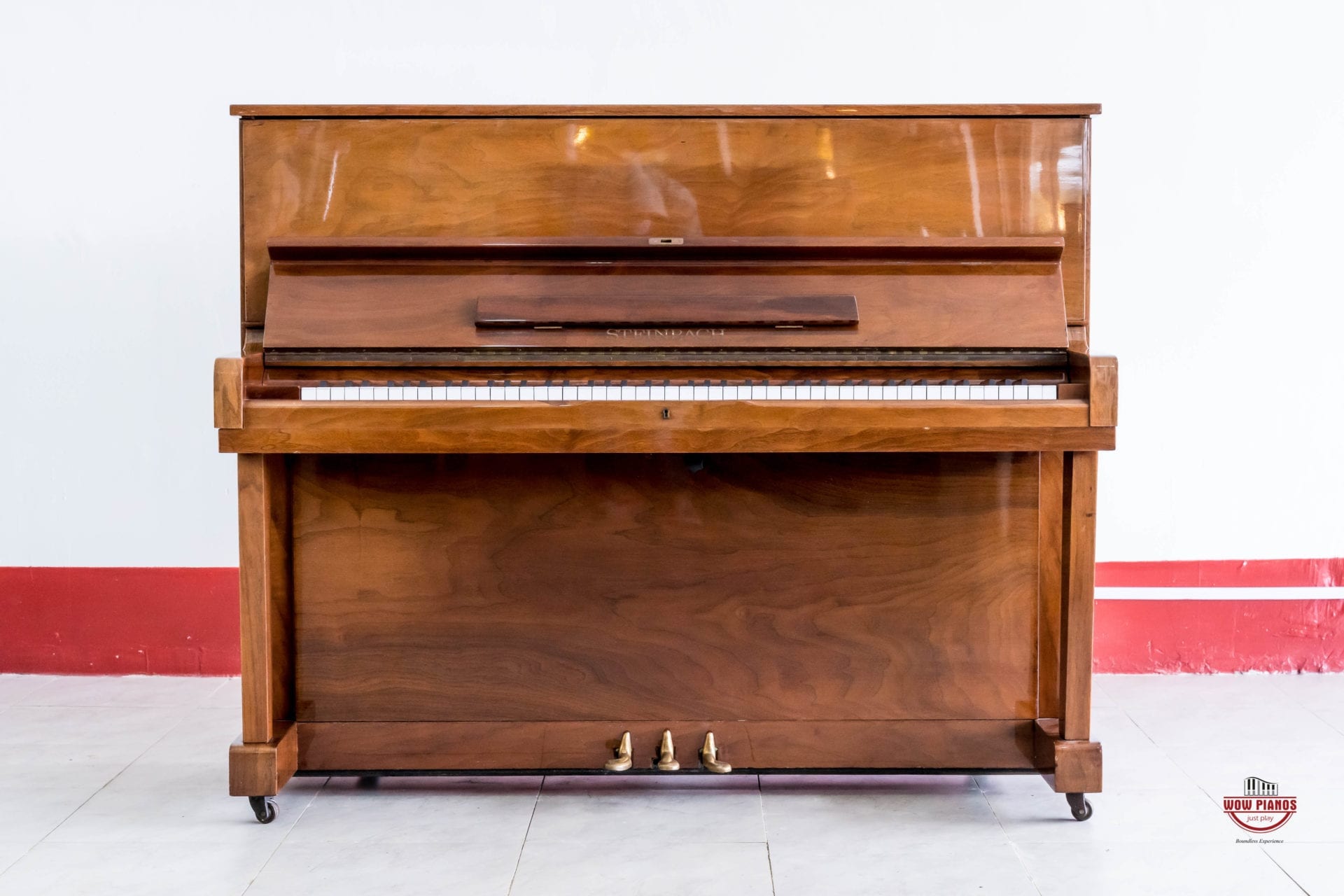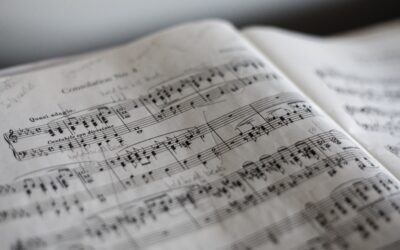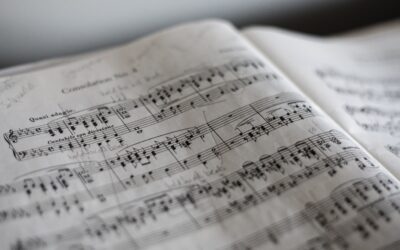Dynamics and expression are two things that most great pianist are able to achieve in their playing. These pianist are able to play beautifully because together with playing amazing chords and sweet melodies , their feet are constantly stepping in the Piano Pedals when need arises during their performances. Piano pedals (the levers at your feet) enrich the sound in various ways, opening out possibilities further than the keys, from subtle nuances in dynamic to bold changes in the tone.
Types of pedals on a piano
Modern acoustic pianos usually have three pedals, from left to right, the soft pedal (or una corda), the sostenuto pedal, and the sustaining pedal (or damper pedal). Some pianos omit the sostenuto pedal, or have a middle pedal with a different purpose such as a muting function also known as silent piano.
1) Damper pedal/ Sustain pedal (right)
The damper pedal, sustain pedal, or sustaining pedal is to the right of the other pedals, and is used more often than the other pedals. It raises all the dampers off the strings so that they keep vibrating after the player releases the key. In effect, the damper pedal makes every string on the piano a sympathetic string, creating a rich tonal quality. The damper pedal has the secondary function of allowing the player to connect into a legato texture notes that otherwise could not thus be played.
2) Soft pedal /una corda (left)
Most strings in an acoustic piano are grouped in threes, with each group tuned to the same note. When played normally, the hammer strikes all three at the same time giving a full, bright sound. On a grand piano, the una corda pedal shifts the entire mechanism to the right, so the hammer only hits two of the three strings. The resulting note is softer. Also, since the strings are hit by a different part of the hammer, the sound is muted and less bright. On older pianos the hammer would only hit one of the three strings, hence “Una corda” meaning “one string”. On upright pianos, pushing the pedal moves the hammer mechanism closer to the string, making it softer but without altering the tone.
3) Sostenuto pedal (middle)
This is similar to a sustain pedal. The key difference is that it only holds notes that are already being played at the moment when the pedal is pressed down. Any notes that begin after the pedal is down are not affected, allowing for selective sustain without blurring the sound.
Other functions of the third pedal (middle)
The middle pedal is not included on older pianos. But even if a piano does have three pedals, the middle pedal may not be a sostenuto pedal. Some pianos replace it with a bass sustain pedal that sustains only the lower (“bass”) notes. Other pianos have a practice pedal ( “celeste pedal”) that softens the notes even quieter than a soft pedal. They often have a locking mechanism so you can practice without bothering people quite so much.
We hope that with this understanding you will now be able to incorporate the pedals in your playing more hence having more control of your expression and dynamics. Keep Playing.




